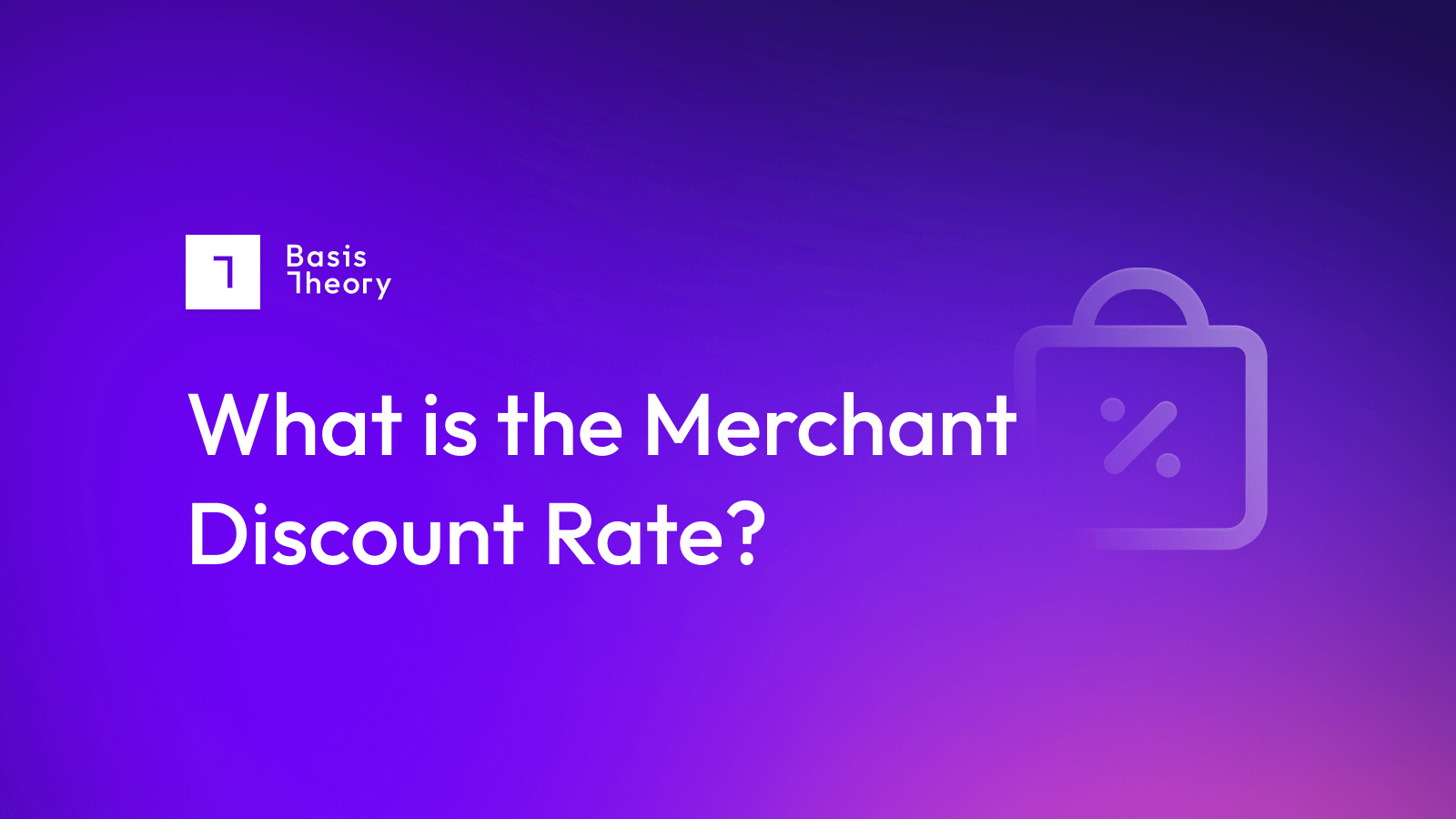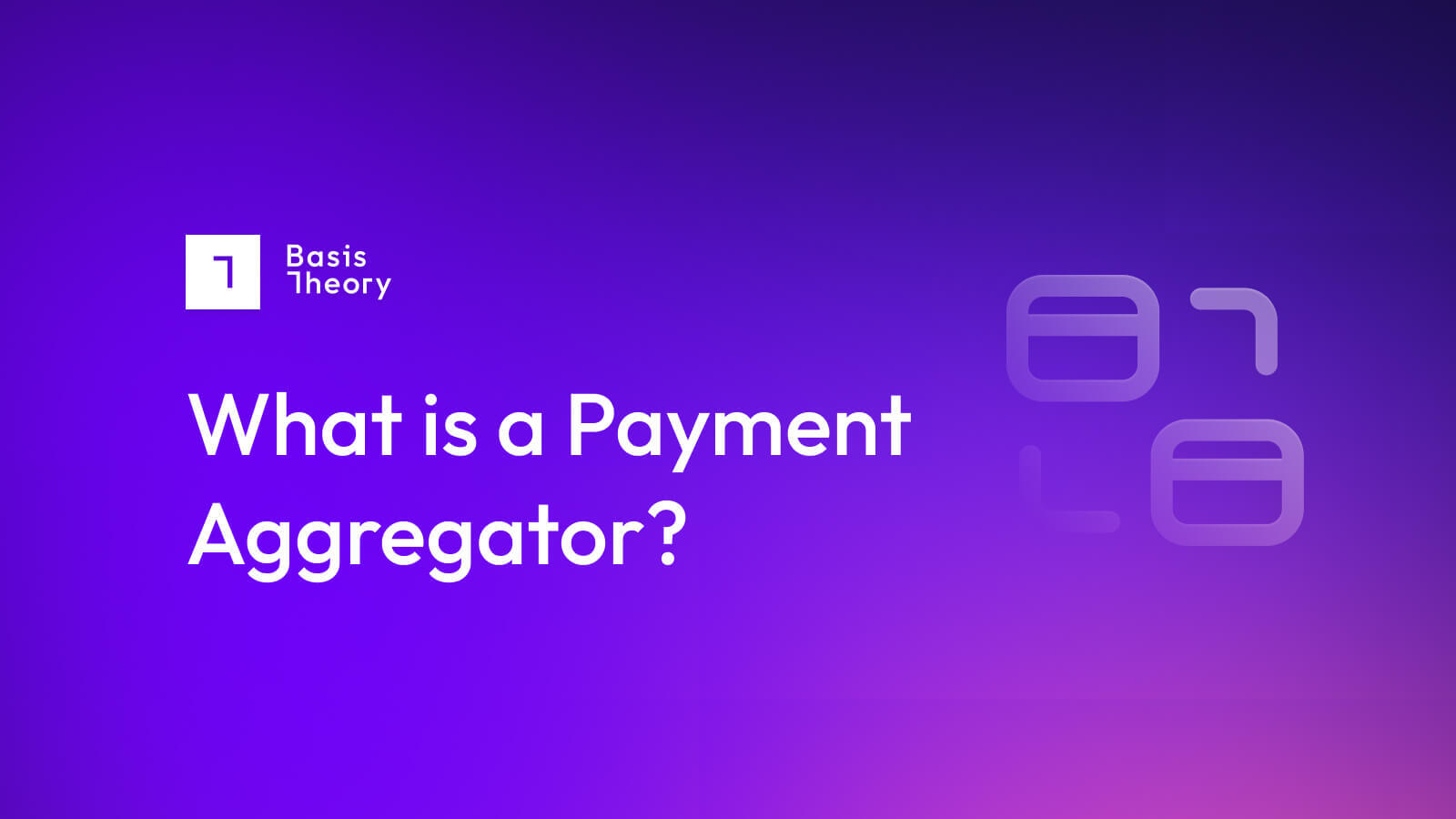What is the Merchant Discount Rate?

Despite its name, the Merchant Discount Rate (MDR) defines not a discount offered to merchants, but a fee paid by the merchant to its payment processing service. On average, merchants pay between 1% and 3% in MDR, although each provider has different services and exceptions making comparison of multiple fee cards extremely complicated.
The Merchant Discount Rate compensates all the participants in the payment transaction ecosystem, from the payment gateway to the card network to both acquiring and merchant banks, as well as a margin for the payment service provider (PSP) that orchestrates the process.
How Merchant Discount Rate Works
Each time a transaction is passed through the payment system, a fee is assessed, normally by the PSP with whom the merchant has contracted to be the payments intermediary. While the card networks’ interchange fee tends to be expressed as a percentage, merchant MDRs are normally structured in one of three ways:
- Flat rate: the same charge for every transaction, generally expressed as a percentage and a fee, such as 2.9% plus $0.29. This is easy to model for an emerging business, but can become expensive over time.
- Interchange plus: a consistent markup charged by the PSP on top of the interchange fee. While this can become expensive if a majority of customers use more expensive cards (e.g. American Express), it limits the extra cost collected by the PSP.
- Tiered pricing: something of a hybrid approach, it provides three flat fees or interchange plus fees, which are assessed based on the quality of each individual transaction. This model has fallen out of favor and is rarely seen.
Compare the Merchant Discount Rate and Interchange Fee
The interchange fee is the amount card networks charge gateways to access their customers’ buying power. Interchange fees are typically expressed as a percentage, and can vary widely based on factors including card type, geography, and merchant category code (MCC). Additionally, interchange fees are only very rarely negotiable by merchants, as they are passed through the various intermediaries that act as the connective tissue of the payment ecosystem.
The MDR, however, is a composite fee charged by the PSP to the merchant, and therefore contains, but is not fundamentally shaped by, the credit card interchange fee. The MDR may or may not reflect the same variables as the interchange fee (i.e. it may stay consistent between two card networks charging different fees), and will more than likely include a variety of additional service fees that make it almost entirely unique.
Which is More Variable: MDR or Interchange Fee?
The card network interchange fees are broadly applied, and at their core remain largely consistent across all users of the payment network; this generally changes only when merchants are penalized for either high-risk behaviors or data breaches.
By contrast, the difference between MDRs that merchants can choose between can be substantial. A full-service PSP (also known as an aggregator), for instance, may offer a flat rate (2.9% + $0.29 per transaction is common), while a gateway may offer a range of prices based on the type of card offered by the consumer (American Express, for instance, generally charges a higher fee because of its lower rate of failed transactions). MDRs also regularly include what can be a dizzying array of supplementary charges that may cause some surprises - cross-border fees, for instance, can significantly change the amount retained by the PSP, and charges for both refunds and (especially) chargebacks can have a profound impact on expected versus received funds at the merchant end.
How do I Optimize My Merchant Discount Rate?
While the interchange fee is largely non-negotiable from the merchant position, quite the opposite is true for the MDR. Depending on the volume of transactions anticipated, merchants can often negotiate preferred deals with particular PSPs.
However, even merchants anticipating relatively small numbers of transactions can optimize their cost of doing business by using multiple PSPs to transact their deals. For instance, while it is convenient to use an aggregator at the outset of an e-commerce business, it quickly becomes clear that the flat rate can be expensive when dealing with debit card users, or those outside the merchant’s home geography (cross-border fees can be a particularly nasty shock to the system), so merchants quickly start looking for alternatives. By establishing agreements with multiple PSPs, a merchant can stockpile options, then leverage a decisioning tool to select the most financially beneficial partner for each deal.
The straightest path to optimizing the merchant discount rate to minimize the cost of payment processing, at the end of the day, is automation to distribute deals across a range of partners.
Why Wouldn’t I Optimize for the Best MDR?
For many organizations, the first stop in setting up a payments system is a full-service PSP, which provides a flat fee and extensive services, including features that keep most of the merchant’s systems out of PCI-DSS compliance scope. While this greatly accelerates go-to-market, it also comes at a cost, as the PSP likely holds customers’ card data and delivers the merchant a token - which, while it is very secure, makes it hard for the merchant to acquire access to the cardholder data for transactions that should be submitted to a different PSP.
In order to both keep systems out of scope, and retain access to cardholder information for future transactions, merchants are leaning on third-party tokenization providers like Basis Theory. The tokenization provider collects and holds the cardholder data in a secure vault and provides a token to the merchant; the merchant then instructs the tokenization provider where to submit that data for all future deals. In this way, the merchant enjoys the compliance protection of not holding data in plain text, while retaining the flexibility to optimize their MDR by contracting with a range of competing PSPs.
.png?width=365&height=122&name=BTLogo%20(1).png)



